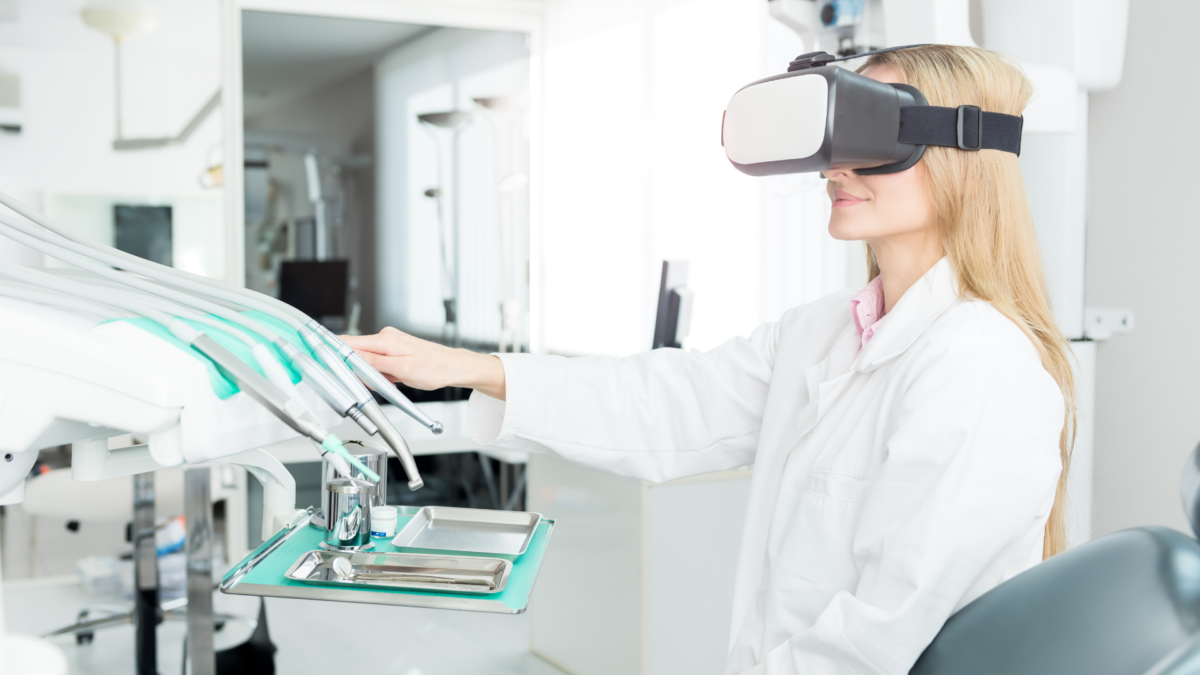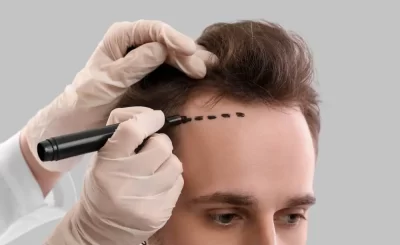Introduction to Digital Dentistry
In recent years, the field of dentistry has witnessed a remarkable transformation, largely driven by technological advancements. Among these, the introduction of virtual reality (VR) stands out as a game-changer. From enhancing patient experiences to facilitating advanced procedural training, VR is redefining dental care in myriad ways.
The Role of Virtual Reality in Dentistry
Virtual reality, once the domain of gaming and entertainment, is now finding its place in healthcare, specifically in dentistry. By creating immersive environments, VR helps patients and practitioners alike in understanding complex dental procedures.
Enhancing Patient Experience
For many, a visit to the dentist can evoke feelings of anxiety. However, VR offers a promising solution by providing calming virtual environments, distracting patients from the dental procedures taking place. This technology is particularly beneficial for patients with dental phobia, making visits to the dentist in Loughborough a more pleasant experience.
Improving Dental Training
Dental professionals are benefiting from VR in training and skill development. With VR simulations, dentists can practise complex procedures in a risk-free setting, leading to improved patient outcomes. Studies have shown that VR training enhances both the confidence and competence of dental professionals, making it an invaluable tool in dental education.
Impact on Clinical Outcomes
The use of VR in dentistry is not limited to patient comfort and training. It plays a significant role in improving clinical outcomes as well. By using VR for treatment planning and execution, dentists can achieve higher precision and accuracy. This technology allows for better visualisation of dental anatomy, aiding in the effective diagnosis and treatment planning.
Benefits of Virtual Reality in Treatment Planning
VR technology enables clinicians to create detailed 3D models of patients’ dental structures. These models assist in planning surgical interventions with greater precision, reducing the likelihood of errors. According to research published on the benefits of 3D modelling in dentistry, VR facilitates improved understanding and communication between dentists and patients, leading to informed decision-making.
Transformative Effect on Patient Communication
Virtual reality also revolutionises how dentists communicate with their patients. Through VR, patients gain a clearer understanding of their dental conditions and the procedures required. This enhanced communication fosters trust and cooperation, essential elements in successful dental care. Research indicates that patients who are well-informed about their treatments are more likely to adhere to dental advice, resulting in better oral health outcomes.
Conclusion: The Future of Virtual Reality in Dentistry
As virtual reality continues to evolve, its applications in dentistry are expected to expand even further. The integration of VR technology in dental practices signifies a new era of patient-centred care. By prioritising patient comfort and improving clinical outcomes, VR is set to become an indispensable tool in modern dentistry.
Looking ahead, the potential of virtual reality to reshape the dental landscape is immense. With ongoing advancements, dental professionals are poised to harness the full potential of this technology to deliver superior care. As highlighted in research on the future applications of virtual reality in healthcare, the fusion of technology and dentistry promises to enhance patient care, making dental visits less daunting and more rewarding for everyone involved.














